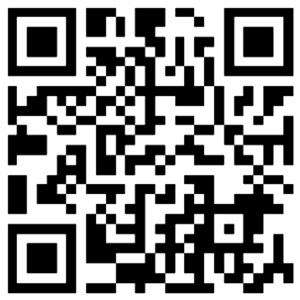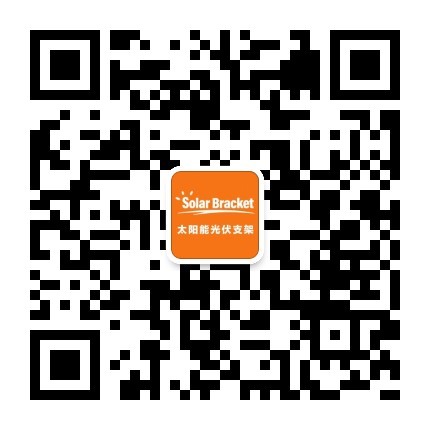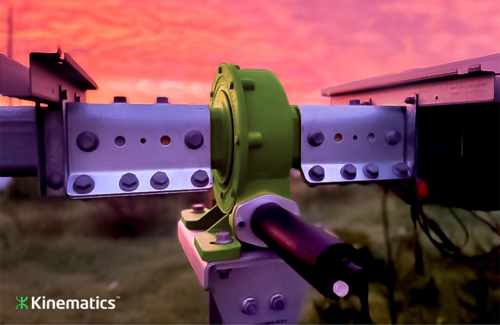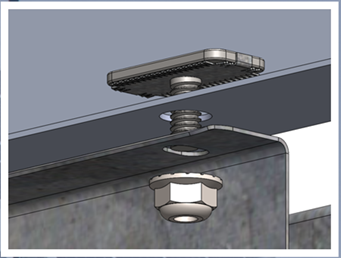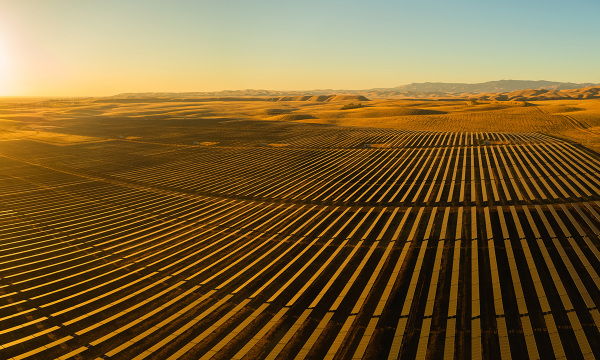太阳能成功故事的一个重要部分是跟踪系统的使用越来越多。跟踪太阳能电池板跟随太阳穿越天空的跟踪系统早已可用,但最近的突破已经降低了成本,使它们在经济上更具吸引力。根据伯克利实验室的数据,太阳能跟踪器占2017年装置的80%,大于5兆瓦的项目。
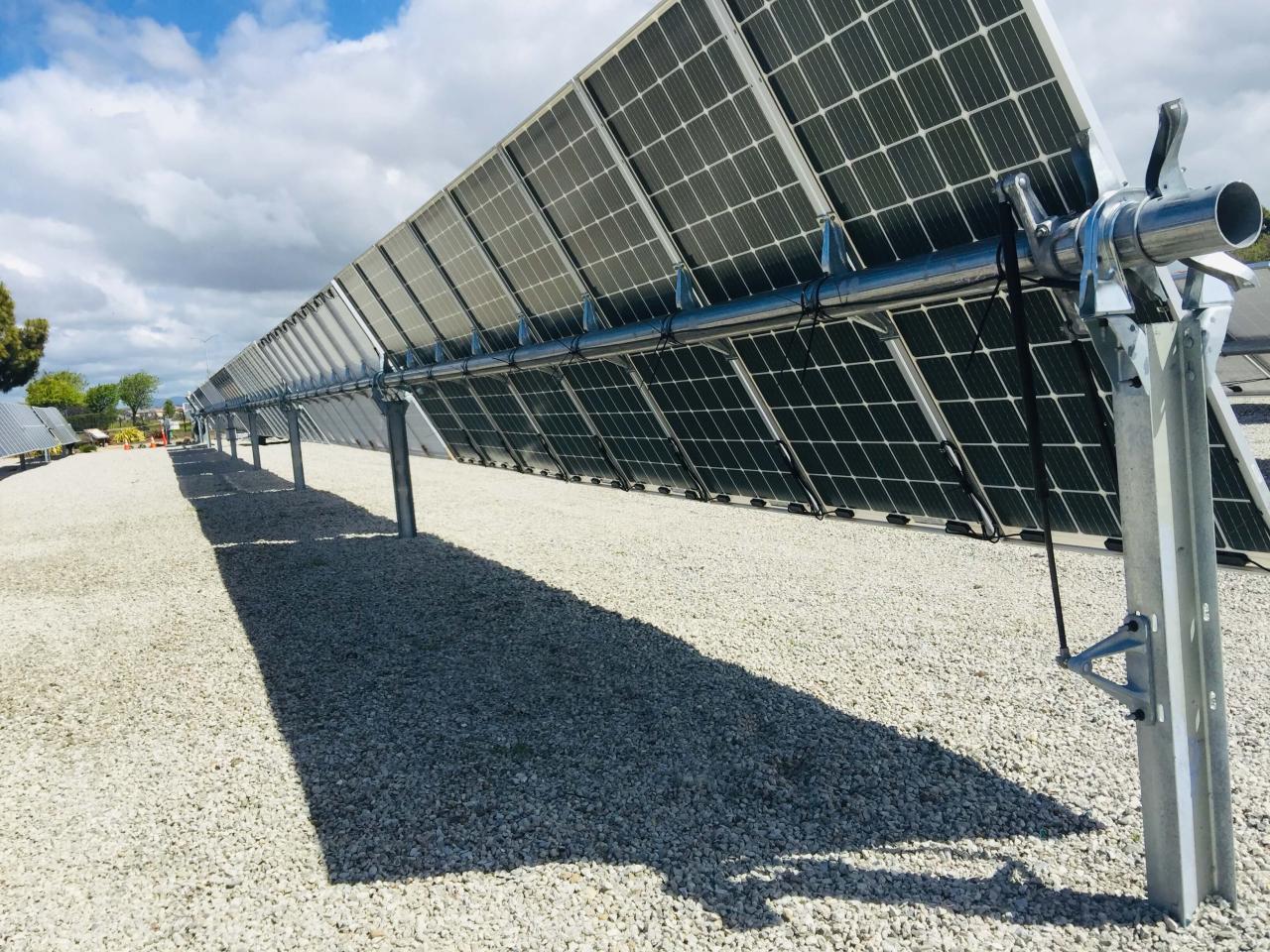
他说,NEXTracker参与了美国超过750兆瓦的商业双面项目。 Invenergy于12月完成了格鲁吉亚160兆瓦南部橡树太阳能项目的融资,并根据30年的合同将电力出售给Georgia Power。该项目目前正在建设中,使用NEXTracker的单轴跟踪器。
公司也在研究数字控制以提高性能。传统的追踪器,可以追溯到20世纪80年代,基本上是定时器,随着太阳在天空中的移动而准时移动面板。虽然太阳确实可以预测,但云不是,如果它们不在完全平坦的地形上,则面板可以相互遮挡。
跟踪器公司现在正在使用传感器和控制器来监控实际的阳光并单独移动每排面板以最大化输出。例如,当云将阳光直接变成漫射光时,面板最好直接指向以捕获最大量的漫射光,而不是指向被遮挡的太阳。当太阳在天空中较低时,可以调整每排面板的角度,以最大限度地减少其后面行上的阴影,称为“回溯”。
一旦项目承诺跟踪硬件,软件监控和控制的边际成本就很小。跟踪器公司正在利用微芯片和无线通信领域的革命,为每排面板提供优化生产的智能。
去年3月在彭博新能源金融活动上发表演讲时,DE Shaw Renewable Investments的Bryan Martin在美国拥有2,000兆瓦的可再生能源,他描述了NEXTracker的TruCapture智能控制系统如何提高密西西比公司74兆瓦太阳能项目的产量。 “我们已经运行了八个月,并且正在大幅增加产量,约为3.5%,”他说。 “所以,我们正在将它应用到很多不同的网站上。”
原文:
A big part of the solar success story is the growing use of tracking systems. Tracking systems, which move solar panels to follow the sun across the sky, have long been available, but recent breakthroughs have brought down costs, making them more financially attractive. According to Berkeley Lab, solar trackers accounted for 80% of installations in 2017, among projects larger than five megawatts.
NEXTracker is involved in more than 750 MW of commercial bifacial projects in U.S., he said. Invenergy completed financing in December for the 160-MWac Southern Oak Solar project in Georgia, with power being sold to Georgia Power under a 30-year contract. The project is under construction now, using NEXTracker’s single-axis trackers.
Companies are also looking at digital controls to improve performance. Conventional trackers, going back to the 1980s, are basically timers, set to move the panels in time with the movement of the sun across the sky. While the sun is indeed predictable, clouds are not, and panels can shade each other if they are not on perfectly flat terrain.
Tracker companies are now using sensors and controls that monitor actual sunlight and move each row of panels individually to maximize output. As clouds change direct sunlight into diffuse light, for example, panels are better off pointing straight up to capture a maximum amount of diffuse light, rather than pointing at the blocked sun. And when the sun is low in the sky, the angle of each row of panels can be adjusted to minimize shading on the row behind it, called “backtracking.”
Once a project has committed to tracking hardware, the marginal cost of software monitoring and controls is minimal. Tracker companies are taking advantage of the revolution in microchips and wireless communications, giving each row of panels the intelligence to optimize production.
Speaking at a Bloomberg New Energy Finance event last March, Bryan Martin of DE Shaw Renewable Investments, which owns 2,000 MW of renewables in the U.S., described how NEXTracker’s TruCapture Smart Control System boosted output at the company’s 74-MW solar project in Mississippi. “We’ve been running it for eight months and are getting materially more production, about 3.5%,” he said. “So, we are applying it to a lot of our different sites.”

